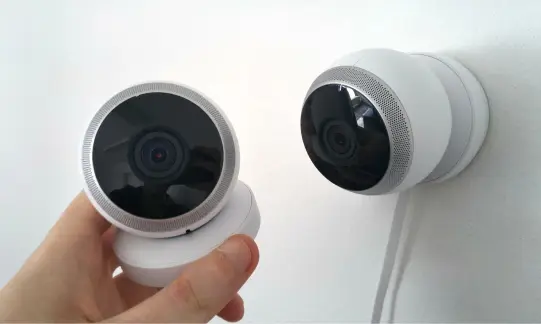Installing a CCTV system is a powerful step towards enhancing the security of your property. However, it’s equally important to ensure the privacy and security of the footage captured by these cameras. Unauthorized access to CCTV footage can lead to privacy breaches and potential misuse of sensitive information. Here are some effective strategies to safeguard your CCTV footage.
1. Use Strong, Unique Passwords
The first line of defense for your CCTV system is a strong password. Ensure that all devices, including cameras, recorders, and viewing applications, are protected with unique, complex passwords. Avoid using default passwords as they are easily accessible to hackers. A strong password should be at least 12 characters long and include a mix of letters, numbers, and special characters.
2. Enable Encryption
Encryption is crucial for protecting the data transmitted between your cameras and the recording device or storage system. Enable encryption protocols such as WPA2 for wireless cameras and SSL/TLS for data transmission. This ensures that even if the data is intercepted, it cannot be easily accessed or deciphered by unauthorized individuals.
3. Keep Software and Firmware Updated
Regular updates to your CCTV system’s software and firmware are essential for maintaining security. Manufacturers release updates to patch vulnerabilities and enhance functionality. Ensure that your cameras, DVR/NVR, and any associated software are always running the latest versions to protect against potential exploits.
4. Implement Network Security Measures
Your CCTV system is likely connected to your home or business network, making it imperative to secure the network itself. Use a strong, unique password for your Wi-Fi network, and consider enabling a guest network for visitors to prevent unauthorized access to your primary network. Additionally, use firewalls and regularly update your router’s firmware to protect against external threats.
5. Restrict Access
Limit access to your CCTV system to only those who need it. This can be done by setting up user accounts with different levels of access and permissions. Admin accounts should have full access, while regular users should have restricted permissions based on their roles. This minimizes the risk of unauthorized access and misuse of the system.
6. Use Secure Storage Solutions
The method of storing your CCTV footage plays a significant role in its security. Local storage devices such as DVRs and NVRs should be kept in a secure location with restricted access. For cloud storage, choose reputable service providers that offer robust security measures, including encryption and regular security audits.
7. Regularly Monitor and Audit Your System
Conduct regular audits of your CCTV system to ensure that all security measures are functioning correctly. Check for unauthorized access attempts, ensure that all devices are up to date, and review access logs regularly. This helps in identifying and mitigating any potential security issues promptly.
8. Enable Two-Factor Authentication
Two-factor authentication (2FA) adds an extra layer of security by requiring a second form of verification in addition to the password. This could be a code sent to your mobile device or an authentication app. Enabling 2FA can significantly reduce the risk of unauthorized access even if your password is compromised.
9. Educate Users
Ensure that everyone who has access to your CCTV system is educated about the importance of security protocols. This includes understanding the risks of weak passwords, the need for regular updates, and how to recognize phishing attempts. User awareness is a critical component of overall security.
10. Legal and Ethical Considerations
Be aware of the legal and ethical implications of using CCTV cameras. Ensure that your surveillance practices comply with local laws and regulations, particularly regarding privacy rights. Inform individuals that they are being recorded if required by law, and avoid placing cameras in areas where there is a reasonable expectation of privacy, such as bathrooms and bedrooms.
Conclusion
Ensuring the privacy and security of your CCTV footage is a multi-faceted task that involves technical measures, user practices, and legal compliance. By using strong passwords, enabling encryption, keeping software updated, securing your network, and implementing access controls, you can significantly reduce the risk of unauthorized access and protect your valuable footage. Regular monitoring and user education further enhance the security of your CCTV system, providing you with peace of mind knowing that your surveillance data is safe and secure.






Comments